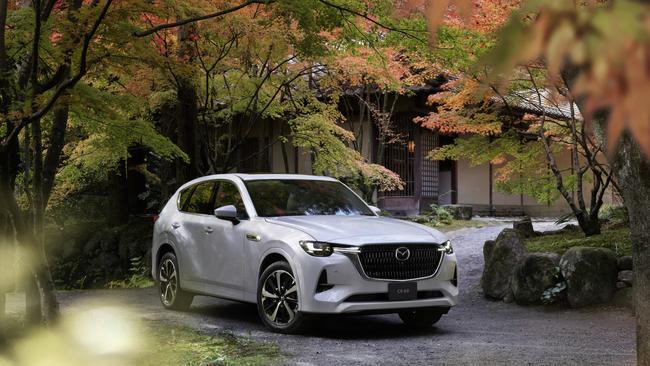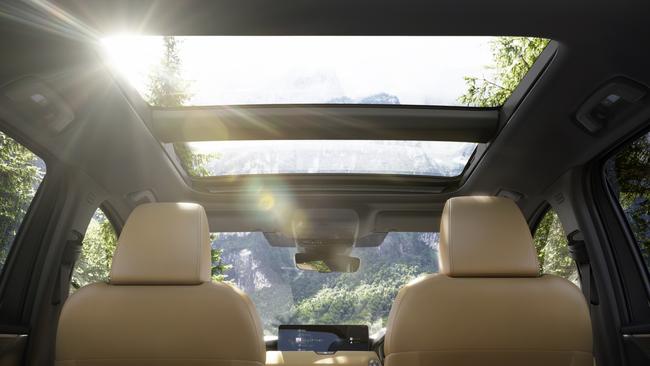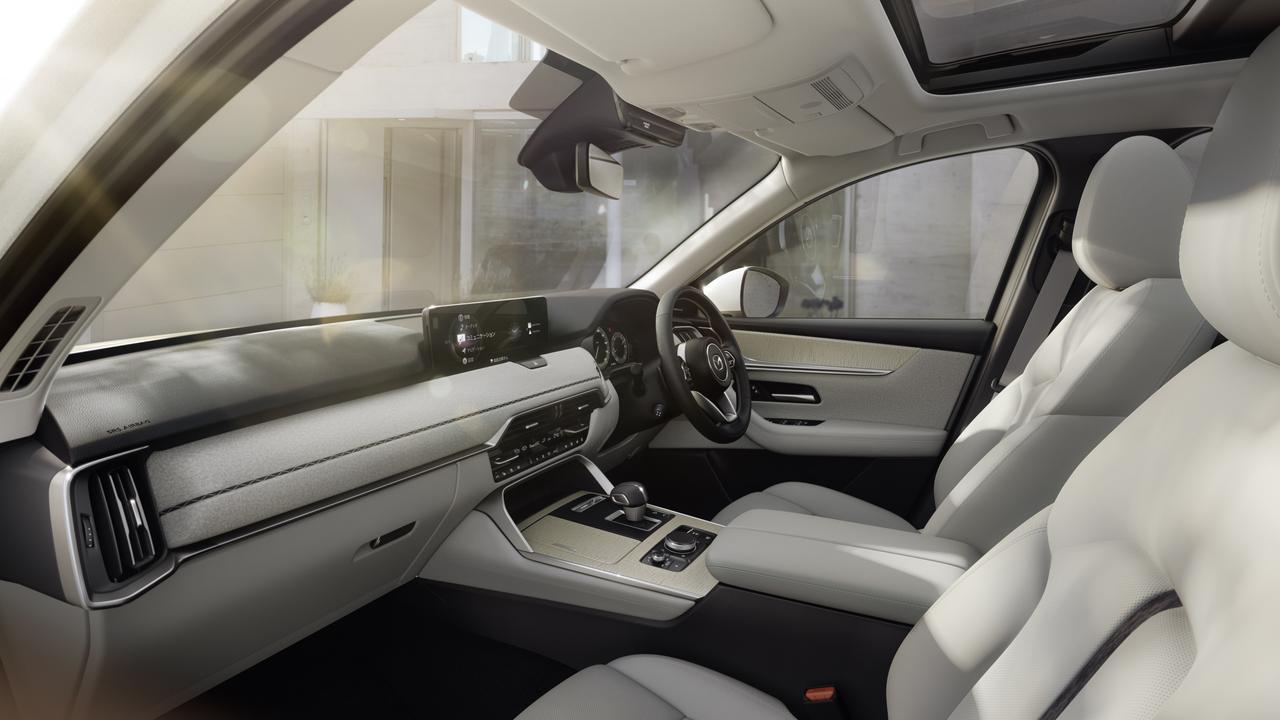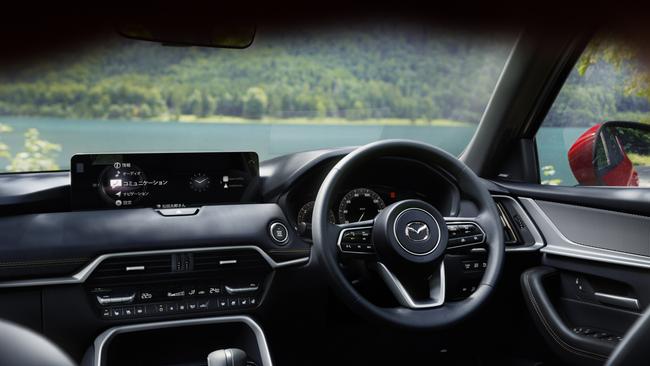Mazda CX-60: Stephen Corby review
It’s an SUV with a diesel engine, yet I thought it was good looking and nice to drive. Japan has surely charmed me.

I would love to be a Japanese-speaking fly on the wall in the Hiroshima home of the professionally and passionately polite guide, Nobu, who recently showed me around her fascinating, scarred, resilient, futuristic city. Of course, there would be no flies on her walls, because like most Japanese homes it would be immaculate, sombre, and fitted with one of those fantastic toilets that toasts your buns, even at 3am in winter.
What I pestered Nobu to tell me – to admit – was just how utterly rubbish she finds the rest of the world, and the foreigners who live their stone-aged, brutish lives there.

Nobu knows trains that run like quicksilver, and on time, and are staffed by people who bow to you. These trains are so clean that even a cockroach could not survive on them. So when she visited London for the first time and caught the Tube, did she vomit in her mouth, just a little? She was, of course, too polite to say, but I could tell, just from the tiniest inclinations of her head, that she found our group of Australian visitors offensive, and outrageously, overly loud.
We were visiting Hiroshima – the birthplace of Mazda and a city where one in 10 people thus work in car manufacturing – to drive a new diesel-powered version of Mazda’s CX-60 SUV, a vehicle designed to take the brand to a higher, more European level, in an effort to stop its customers from jumping ship once they get wealthy enough to buy an Audi, or, even more offensively, a Lexus.
In a world where some countries are already moving to ban diesel engines (diesel will be outlawed in Paris, Mexico City, Madrid and Athens by 2025, and across Europe by 2035), it was interesting to hear Mazda suggest that this would be the “main engine” for the attractive, premium-feeling CX-60 (it will also come in petrol and PHEV variants). The Japanese have a marvellous, almost mellifluous way of saying “you’re wrong, we’re right, you’ll see”, and a senior suit at the company explained to me, as if I was a simpleton, that diesel is still popular in his country, and that electric vehicles are pretty much pointless in terms of reducing CO2 in countries, like Australia and Japan, where most of the energy still comes from burning fossil fuels.
I was too polite, or perhaps overcome by all the politeness in the air, to argue with him, so I went out to drive the CX-60 – with its 3.3-litre, six-cylinder diesel making 187kW and a quite thrusty 550Nm – on Japanese roads, which I found difficult, not just because a surprising number of their motorways have 60km/h limits, but because I love their food so much. Indeed, I would live in Japan tomorrow except for the fact that I would quickly resemble a sumo wrestler. I love Japanese food so much that I felt compelled to stop at every service station and eat at least one thing I didn’t understand, or recognise.
I can report that the CX-60 rides with the kind of imperiousness and bump-ignoring smoothness that one expects from its German competitors. I also found it alluringly attractive, which is something I say about SUVs about as often as I remark, “Oh yes, please tell me more about your dog.”
Mazda has switched to a longitudinally mounted engine and a rear-biased all-wheel-drive system in the CX-60 to “interweave power with intellect” (somehow when the Japanese say things like this, I find it harder than usual to snigger), and to make it a more comfortable drive for “family members and pets”. The steering is pleasant and the handling deft, particularly for something that weighs close to two tonnes, and the interior is spacious and classy, but it still made me wish I knew more foreign swear words because Mazda insists on not giving you a touchscreen to run Apple CarPlay, which would be handy when you’re lost and all the road signs are in kanji.

I’m not a fan of diesel, although I have to concede the engine is efficient and grunty; you can occasionally hear its agricultural roots at low throttle openings or when starting up, though. A claimed fuel economy of 4.9 litres per 100km from an engine this big is not bad, and is aided by a slick, eight-speed auto and a mild hybrid system.
Prices for the diesel start at $61,800 in Australia, but I think we should all hold off until we’ve driven the petrol version, with pure rear-wheel drive, which should be the pick of the CX-60 bunch.
As for my new friend Nobu, I fear she was politely plotting her revenge for my cultural pestering – because on the last night, as she sat across from me smiling beatifically, I was encouraged to eat something called “fugu milt”, which turns out to be “the sperm-filled sexual organ of the male puffer fish”. It didn’t kill me, but at the time I wished it would, and I may have thrown up in my mouth, just a little.


To join the conversation, please log in. Don't have an account? Register
Join the conversation, you are commenting as Logout